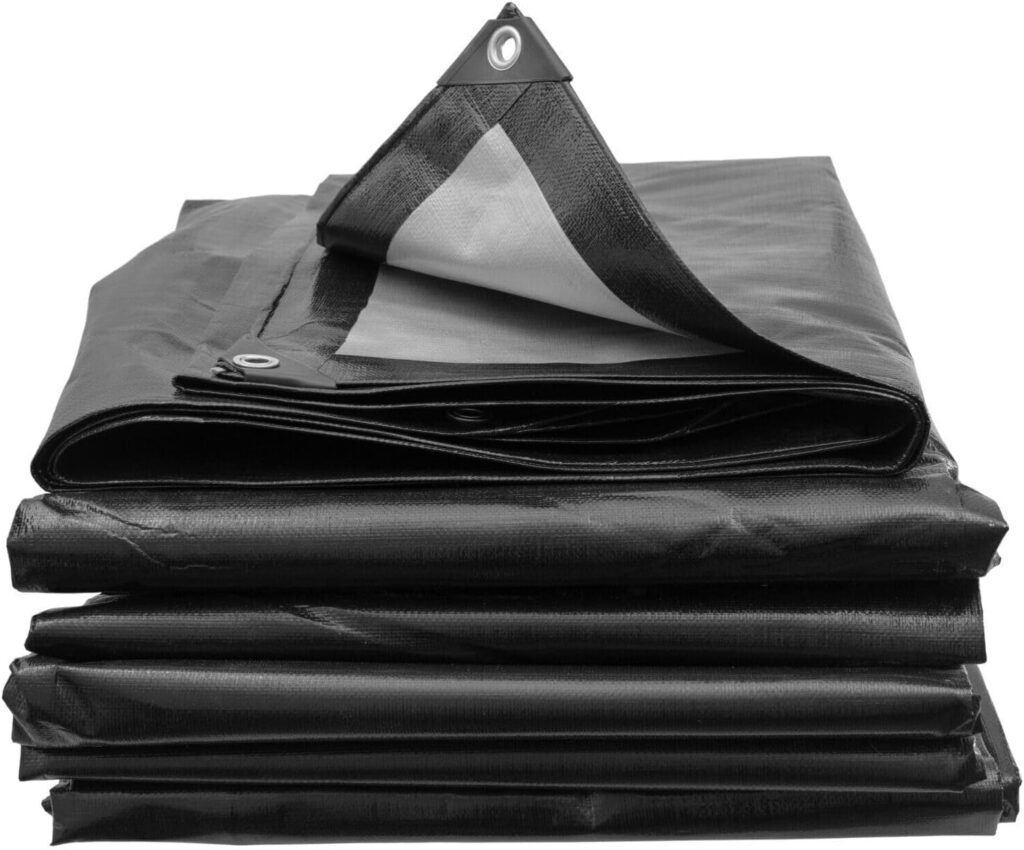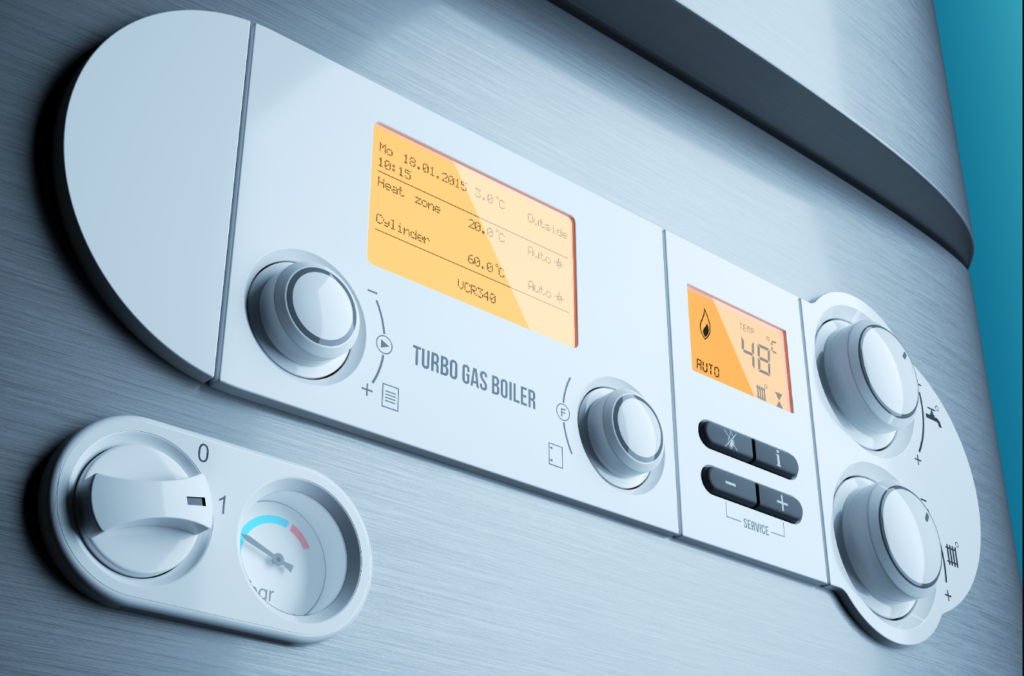In the hectic construction industry, where materials are pricey and deadlines are strict, protection is everything. From intense sunshine to unexpected downpour, the elements always present a risk to the budget and pace of the project. This is where the understated hero, the simple tarpaulin, gets its fame.
A good Tarpaulin is not only a sheet of plastic; it is a vital piece of gear that protects the workplace, equipment, and materials. Knowing the various kinds and ratings of these covers is essential for good project planning and effective site management; it is not a small matter.
More Than Just a Plastic Sheet
Many would see a tarpaulin as a basic, multipurpose cover. But there is a big difference between a flimsy, inexpensive sheet and a properly rated heavy-duty cover on a professional construction site. Tarpaulins meant for building sites are made to last and bounce back. Usually constructed from woven polyethylene or polypropylene textiles, they are then coated or laminated to render them totally waterproof. Compared to the plastic used in disposable sheets, this material is far tougher.
Double-layer hems strengthen the borders, and sturdy, rust-resistant grommets spaced equally let for safe tie-downs free from tearing. Investing in these heavy-duty models implies purchasing a tool that would be used often throughout several projects, therefore offering dependable protection and eventually lowering expenses.
The Mighty Black Tarpaulin
Should you visit any construction site, you would probably spot one kind of Tarpaulin more often than others: the robust Black Tarpaulin. Its popularity is not due to color preference but to its superior performance. The black polyethylene material is excellent at blocking out ultraviolet (UV) rays from the sun. Preserving materials like sand, cement, and particular kinds of wood that might degrade or alter composition when subjected to direct sunlight for extended lengths of time depends critically on this UV resistance.
Furthermore, the black color makes the tarp opaque, providing excellent privacy and security for equipment and materials stored on site. Additionally, it increases the tarp’s resistance to mildew and rot because the substance degrades less quickly in the sun. A Black Tarpaulin is often the go-to choice for general-purpose covering, from piles of gravel and sand to scaffolding and roofing materials.
Picking the Proper Tarpaulin for the Task
Since not all construction projects are alike, it makes sense that not all tarps are the same. Thickness and weight of the substance are the most crucial things to think about; these are usually expressed in grams per square meter (GSM) or mils (thousands of an inch). A 6 or 8-mil tarp should be adequate for short-term covering, light-duty work.
Under severe conditions like heavy rain, hail, and strong winds, these thicker covers won’t tear. Reinforcement is yet another important characteristic. Far stronger than those without are tarps with a mesh scrim inserted into the polyethylene layers. Acting like a skeleton, this woven grid gives the tarp amazing tensile strength and makes it considerably more resistant to tearing and abrasion.
Main Applications of Construction Tarps
There seem to be almost limitless uses for a heavy-duty Tarpaulin on a construction site. Material preservation is among its main uses. To avoid warping, mold, and early curing, lumber, drywall, insulation, and bags of concrete have to be maintained dry. A simple and efficient insurance policy is a Black Tarpaulin placed over these goods at the end of the day. Equally vital is equipment preservation. Rain and dust may harm costly equipment, electrical generators, and controls for excavators.
Covering them makes them live longer and makes sure they work when you need them. During building or remodeling projects, tarps are also essential to keep dirt and trash from spreading around. Contractors can keep dust and flying particles under control by stringing heavy-duty tarps around a work area, therefore preserving the surroundings and guaranteeing a safer, cleaner job site. They may also serve as a brief roof or wall to keep a building’s inside dry and let work to go on in light rain.
Proper Use and Maintenance
Using and storing tarps properly is quite important in order to maximize your investment. Always use the grommets when tying a tarp. Never run a rope straight across the fabric; doing so would cause it to rip under strain. Use rope or bungee cords for a strong yet flexible grip that lets the wind move a little. Tarps will quickly rip if you drag them over sharp surfaces like concrete or gravel. Avoid doing this.
Before folding the tarp, spend a few minutes to brush or spray it to get rid of any dirt and trash after the work is finished. To avoid mildew, make sure it is totally dry before keeping it in a cold, dry area. A little tear doesn’t signal the end of a tarp’s life. With special tarp tape or a patch kit, most little holes and tears may be readily fixed, therefore increasing its usefulness for many more seasons.
Little Money for Great Protection
A good Tarpaulin is a small cost in the overall budget of a building project. Still, it plays a big part in lowering risk. The expense of fixing a water-logged electrical tool or changing a load of rain-soaked drywall far surpasses the value of a robust cover. Read Blogs
Whether it’s a strong Black Tarpaulin for UV protection or an extra-heavy-duty mesh-reinforced type for a windy Builders and site contractors exhibit foresight and professionalism. It’s a basic tool that says a lot about how committed someone is to quality, safety, and getting things done well. In the demanding world of construction, a trustworthy tarpaulin is not a luxury; it is a must.
Frequently Asked Questions
Q: Why most heavy-duty tarpaulins black?
Black is used practically in a number of ways in addition to just for appearance. Black Tarpaulin is quite good at filtering out the ultraviolet (UV) radiation from the sun. This UV resistance stops the tarp material from deteriorating rapidly in the sunlight.
Q: Could I use a conventional blue tarp at a construction site?
The ubiquitous blue tarp is appropriate for light-duty chores around the house, but it usually lacks what is needed for the rigorous conditions of a professional construction site. Usually, these are lighter, between 5–8 mils thick, and are intended for temporary, short-term applications. They degrade more quickly in the sun and tear easily.
Q: How can I keep my tarp from ripping at the grommets?
Avoiding tears at the grommets depends on your degree of fastening. The secret is to stay away from stressing one place too much. Use a suitable tie-down technique rather than running a rope straight through a grommet and pulling it very tight.



